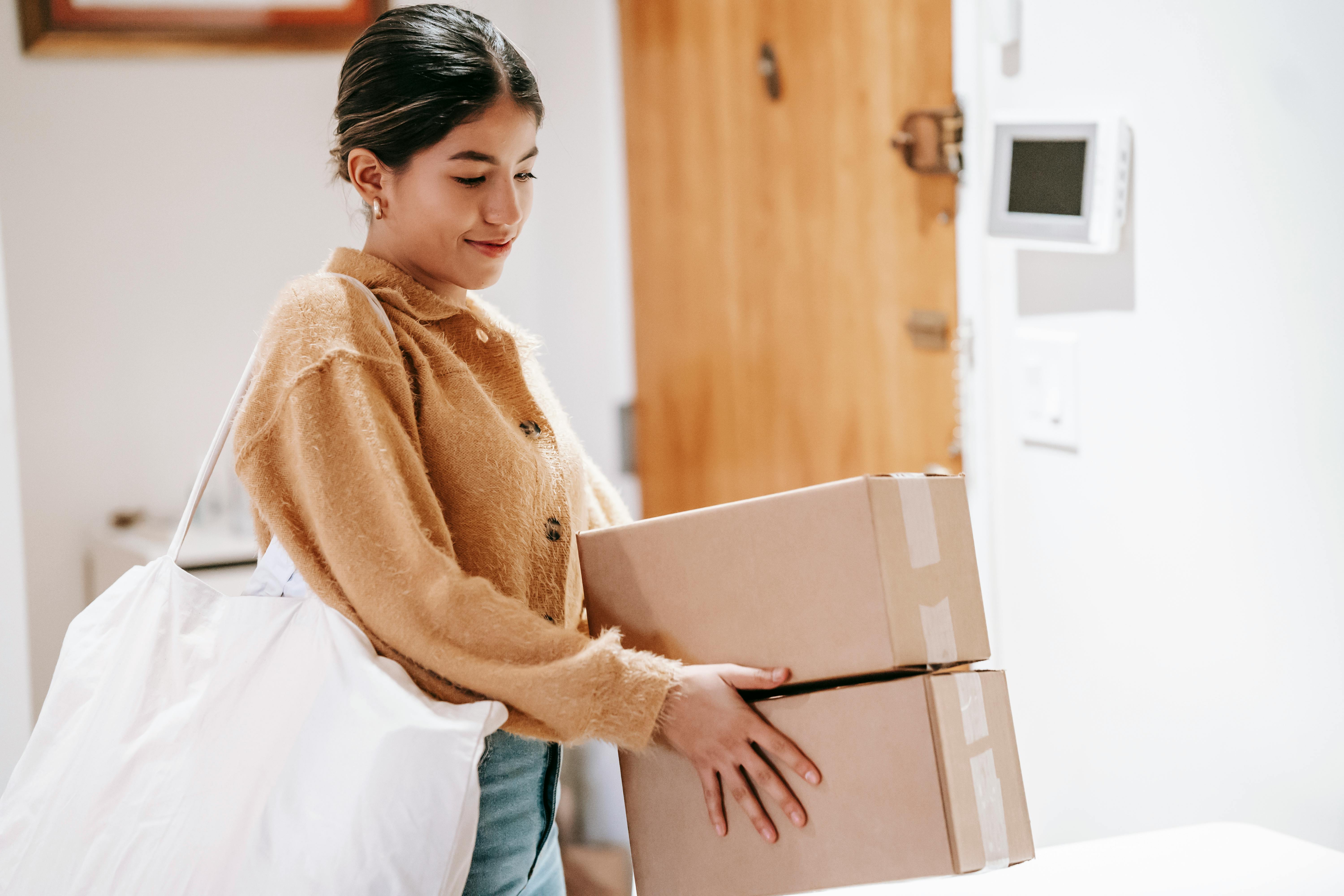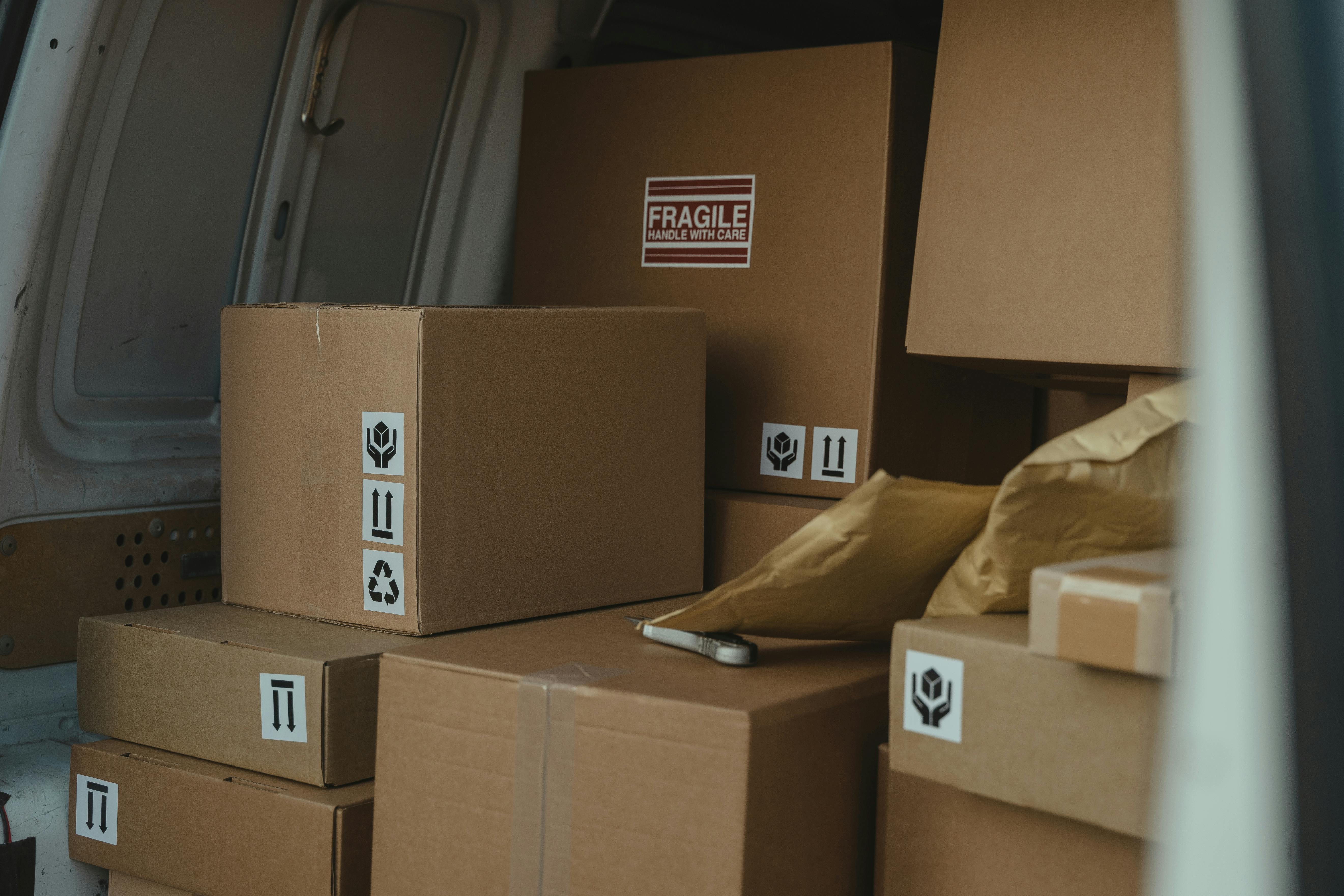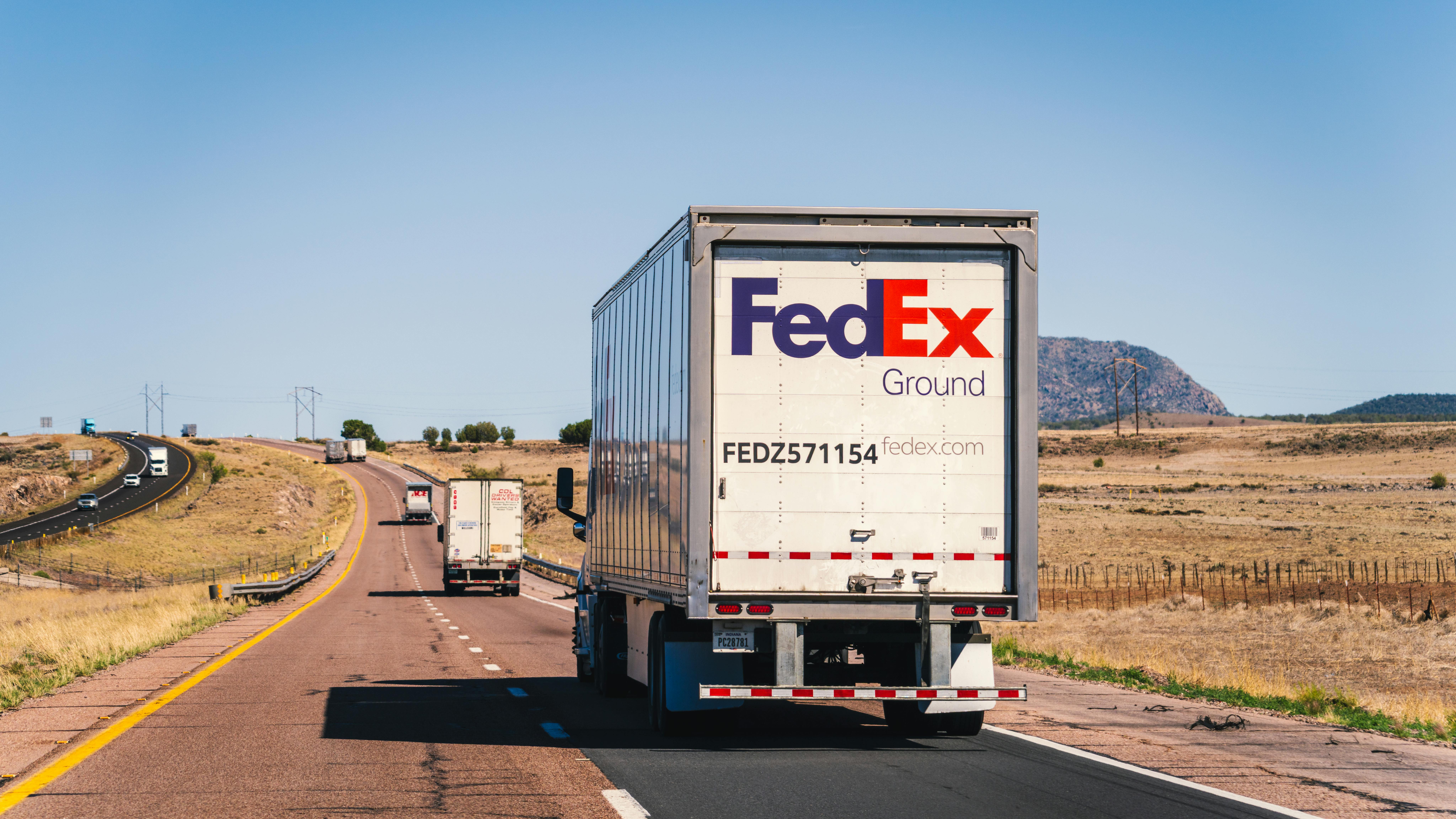Blog
Thank you! Your submission has been received!
Oops! Something went wrong while submitting the form.

CAC vs. LTV: Why post-sales can save your margins
Cutting CAC won’t save your margins, what happens after the purchase will. A great post-sales experience turns a one-time buyer into a customer with 10x the lifetime value.

Reveni and Wayflyer: fintech partners powering ecommerce growth
Wayflyer and Reveni are joining forces to help brands scale globally with greater access to capital and frictionless logistics. Two fintech solutions, one shared goal: enabling ecommerce companies to expand internationally with agility, confidence, and sustainable growth.

How to measure if your post-sales operations are affecting your profitability
Post-sales operations can quietly drain margins through slow refunds, manual processes, and missed insights. Here’s how to measure whether your post-sales experience is fueling growth or eroding profitability.

The true cost of a poorly managed return
In ecommerce, returns are often treated as an afterthought — a routine process that simply needs to be handled. But when they’re managed poorly, their impact spreads quietly across every corner of the business. From cash flow disruptions to lost customer trust, the real cost of a return goes far beyond the price of shipping something back.
.png)
Why a 3PL Might Not Be the Best Way to Ship to the US After the Latest Tariff Updates
Many brands rushed to US 3PLs after the de minimis exemption closed, but the hidden costs and risks often outweigh the benefits. A centralised stock model paired with a US entity can cut duties, reduce inventory risk, and give brands more control, especially with tools like Reveni Atlas handling the complexity.

The first impression isn’t at checkout, it’s at customs
In international ecommerce, the post-purchase experience is crucial—it’s when the digital promise becomes real. Issues with customs, tracking, or unexpected costs can break trust. Shipping is no longer just logistics; it’s a core part of the brand experience.

What’s behind a customer’s decision to return a product?
Returns are not just a logistical issue—they’re an opportunity to strengthen customer trust and improve the post-purchase experience. When handled with empathy, speed, and transparency, they become a competitive advantage.

Tariffs, taxes, and shipments: untangling the hidden costs of global ecommerce
Selling abroad drives growth but also adds hidden costs and complexity. This article explains how tariffs, taxes, and shipping can impact your profitability—and how Reveni Atlas helps manage them with efficiency and control.

What is this thing called bracketing?
Bracketing—buying multiple sizes or colors with the intention of returning some—has become a common habit in ecommerce. This article explores why it happens, how it impacts operations, and what brands can do to manage it without sacrificing profitability or customer experience.